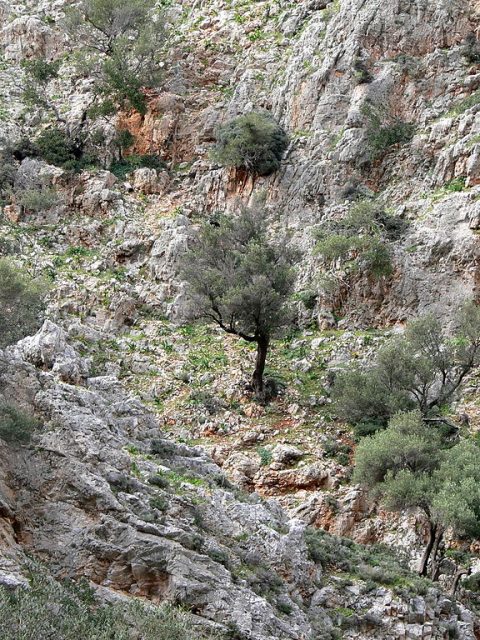MI weekly selection #9

Electronics on paper
At the moment the costs are still too high for them to be used in things like business cards or package labels, but remarkable advances in materials science and simpler fabrication methods are setting the stage for a whole new breed of cheap, bendable, disposable, and perhaps even recyclable electronics. And some of the most exciting work in this field is happening with paper.
A wild twist to dull strawberries
Scientists at the University of Florida are exploring various ways to genetically enhance the flavor of strawberries, which have long been groomed for size and color, rather than taste. Of particular interest are genomes from the wild woodland strawberry rich with a grapelike flavor produced by the molecule methyl anthranilate, which commercial strawberries lack.
Newly discovered wasps prey on ant-eating spiders
Researchers discovered two parasitic wasp species capable of attacking ant-eating spiders. The wasps, found in Portugal, are known for devouring spiders shortly after hatching, then using the spider’s nest as a home while developing into adults.
Stanislav Korenko, Stefan Schmidt, Martin Schwarz, Gary Gibson, Stano Pekar (2013) Hymenopteran parasitoids of the ant-eating spiderZodarion styliferum (Simon) (Araneae, Zodariidae) Zookeys DOI: 10.3897/zookeys.262.3857
Origins of the cultivated olive tree
Olives were first cultivated in the Eastern Mediterranean region 6,000 to 8,000 years ago. A genetic analysis of 1,900 samples of olive trees from around the area found that olives were likely first domesticated from wild varieties near Turkey and Syria.
G. Besnard, B. Khadari, M. Navascués, M. Fernández-Mazuecos, A. El Bakkali3, N. Arrigo, D. Baali-Cherif, V. Brunini-Bronzini de Caraffa, S. Santoni, P. Vargas,V. Savolainen (2013) Proceedings of the Royal Society B DOI: 10.1098/rspb.2012.2833
2,000-year-old pyramids and grave sites found in Sudan
Scientists are in awe over a dense cluster of ancient pyramids and grave sites discovered between 2009 and 2012 in Sudan. The Sedeinga necropolis features at least 35 pyramids that date back 2,000 years during the kingdom of Kush.
Rilly and V. Francigny (2012) Excavations of the French Archaeological Mission in Sedeinga, 2011 Season Sudan & Nubia 16, p. 60-71
Genetic origins of Lou Gehrig’s disease
Many people who suffer from amyotrophic lateral sclerosis or frontotemporal dementia carry thousands of copies of a genetic string that ultimately produce protein strands that clump up. The clusters prevent the normal function of the protein, which helps control motor neurons. The origins of this mutation in the C9orf72 gene could be key to finding treatments for the disease.
Kohji Mori, Shih-Ming Weng, Thomas Arzberger, Stephanie May, Kristin Rentzsch, Elisabeth Kremmer, Bettina Schmid, Hans A. Kretzschmar, Marc Cruts, Christine Van Broeckhoven, Christian Haass, and Dieter Edbauer (2013) Science The C9orf72 GGGGCC Repeat Is Translated into Aggregating Dipeptide-Repeat Proteins in FTLD/ALS DOI: 10.1126/science.1232927